Pakistans Educational Problems
A nation without education is little more than a gathering of “apes and monkeys,” at least according to an embittered statement made by Dr. Atta-ur-Rahman, president of Pakistan’s Academy of Sciences and former president of Pakistan’s Higher Education Committee.
While scathing, this sentiment is also sadly indicative of growing frustration over the dismal state of Pakistan’s education system.
Federal Mismanagement and Corruption| Pakistans Educational Problems
Pakistan boasts some of the least-encouraging educational statistics in the world.
One out of ten of the world’s non-school-going children live in Pakistan. This trend begins at an early age and is not likely to improve anytime soon: over 70 percent of girls and 40 percent of boys never reach secondary school.
If Pakistan continued with similar enrollment growth rates by region, Punjab would only achieve full enrollment by 2041, Khyber Pakhtunkhwa by 2064, and Balochistan by 2100. | Pakistans Educational Problems
Check also: Reinventing a Nation: Reimagining Pakistan
While primary and secondary school enrollment is a chief issue, an even larger and more perplexing problem is the country’s overall literacy rates: one out of three men and one out of two women cannot read.
Pakistan’s federal government is largely to blame. While most countries invest at least 4 percent of the annual federal budget on education, Pakistan limits its spending to 1.9 percent of GDP; only seven countries in the world spend less on education.
When these paltry funds are eventually disbursed to provincial or local educational administrators, they produce little in terms of results because the education system is fraught with corruption. “Ghost schools” channel funds into teachers’ pockets long after the schools themselves have shut down.
International Aid and Economic Development| Pakistans Educational Problems
International aid has been ineffective in attacking the root of the literacy problem: unwillingness of the federal government to invest in social institutions due to prioritization of military spending.| Pakistans Educational Problems
The vacuum has caused a proliferation of private schools—only accessible to elite portions of society—and religious madrassas, which provide free education, lodging, and meals to (mostly poor) students.| Pakistans Educational Problems
The result has been a polarization in the education system, with the middle class largely left out.
In a country of 200 million people—112 million of whom are under the age of 25—the educational exclusion of the middle portion of society is not only a humanitarian concern, it is an impediment to the country’s socioeconomic development.
Acquiring technological knowledge and skills is vital for accelerating economic growth. Advancement in education reduces poverty, shrinks income inequality, improves health, and helps promote good governance with the implementation of more socially-minded policies
Check also: Pakistan Affairs MCQs
While there is debate as to which should come first—economic investment or the promotion of social infrastructure—evidence from Nobel Prize-winning economist Amartya Sen reveals that when we view educational spending as “investment” rather than “consumption,” we can capitalize on its role as an intermediate good that encourages the production of other goods and services.
Rather than an obstacle to economic development, investment in public education stimulates the cycle of growth in the global economy.
The Politics of Education | Pakistans Educational Problems
Pakistan’s failing education system exacerbates graver issues. Illiteracy consolidates power within elite political circles, weakening the capacity for democratic dissent and amplifying socioeconomic and ethnic distinctions.
Lack of economic opportunity and—in the Baluchistan region—scarce access to large amounts of state revenue accrued from natural gas and petroleum extraction has contributed to sectarian conflict and ethnocentric nationalism, as identity politics are amplified by insufficient federal representation and monetary deprivation.
Political instability from within Pakistan hampers progress on enacting regional trade initiatives that could help defuse the longstanding dispute between India and Pakistan, inhibits regional economic integration with its Caspian Sea neighbors, and stunts foreign investment from large global actors such as China.
Check our Collection of Pakistan Affairs Notes for CSS
- Unveiling Pakistan’s Nuclear Capabilities
- Allama Iqbal’s Contribution to Islamic Thought and Literature
- The Asian Development Bank’s Investment in Pakistan: A Review
- The Future of Pakistan’s Defence System: Prospects and Challenges
- The Politics of IMF Loans to Pakistan: Debates and Controversies
- A Vision for a Stronger Pakistan: The Roadmap to Independent Foreign Policy
- Reinventing a Nation: Reimagining Pakistan
- Understanding the Role of Caretaker Government in Pakistan’s Democratic Process
- The National Action Plan: An Overview
- Allama Iqbal | The Name — Not The Philosophy — Lives On

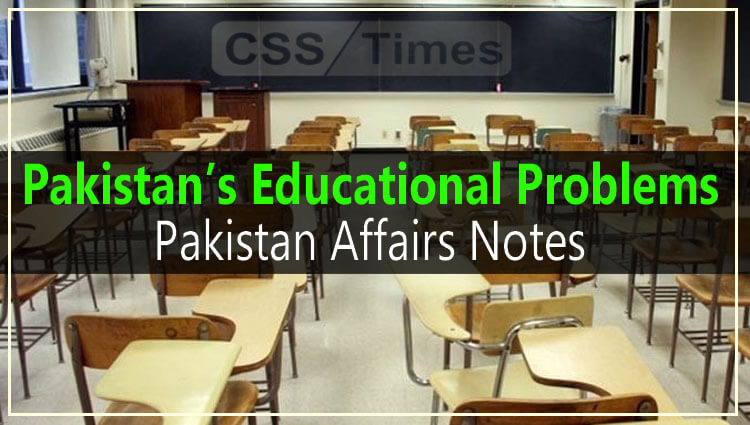
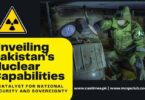
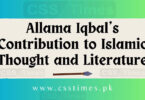
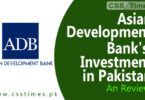
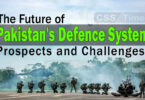
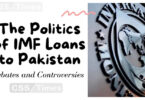
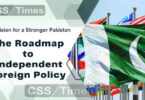
[…] Read also: Pakistan’s Educational Problems | Pakistan Affairs Notes […]